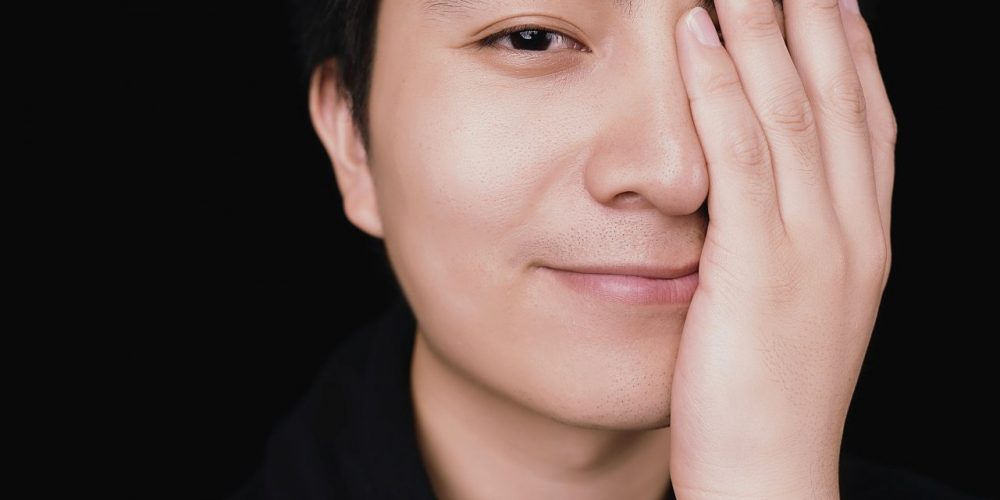By undergoing a comprehensive eye exam at Eye Institute of South Jersey, P.C., you are proactively playing a role in the preventative care of your eye health and vision clarity There are many vision problems and eye diseases that do not present with obvious symptoms until either the issue progresses resulting in impaired vision or has advanced far enough along to be irreversible. Comprehensive eye exams can help eye doctors identify any existing problems or help to prevent foreseen factors that could lead to eye problems. Complete eye exams involve a range of tests to diagnose the current health of your eyes. These include pupil dilation, glaucoma testing, retinal imaging, slit lamp exam and visual acuity tests.
Visual acuity tests are just one of the ways an eye doctor can check the quality of your vision. Visual acuity tests are the assessment of how well a patient can read the letters or symbols on a standard chart to determine if vision correction is necessary. Visual acuity can be tested at a distance or close-up to describe the clearness or sharpness of vision. Distance visual acuity is the measurement of the degree of vision loss. Doctors begin with the smallest object on the chart located 20 feet away. This measurement is documented as a fraction, with 20/20 considered normal, optimal vision; however, the strength of your vision also relies on other factors that will be determined with additional testing such as eye coordination, depth perception, peripheral awareness, ability to focus and color vision. Near acuity is the measurement of how well objects are seen close-up, usually with 16 feet away.
How are visual acuity tests done? For visual acuity testing, a patient will be asked how well they can describe the details or accuracy of a letter, number, picture or symbol arranged in rows from a certain distance. This visual acuity test is also called the Snellen test named for a Dutch ophthalmologist, Herman Snellen. Your eye doctor will cover one eye and ask you to read the letters one by one each row at a time until you can no longer identify a row of letters. The same process repeats with the other eye. For children or adults who have difficulty recognizing letters, the random E test serves to measure visual acuity in place of the Snellen test. Instead of reading aloud different letters, the capital E changes direction on the chart (up, down, left or right) and the patient will be asked to accurately pinpoint which direction the capital E is facing. This will continue as the capital E decreases in size until the patient can no longer identify with clarity which direction the E faces. The visual acuity test plays a critical part of identifying refractive errors such as myopia (nearsightedness) and hyperopia (nearsightedness). Along with other testing provided during a comprehensive eye exam, Eye Institute of South Jersey, P.C. can monitor the entire can of your vision function, quality, and health. Schedule your exam today by calling 856-205-1100 or visit online at WEBSITE.

